These Are The Most Effective Tick Repellents If You Wanna Avoid Bites All Summer Long

Spring has sprung, which means just as you’re gearing up to hit the trails, go camping, or just laze around in your backyard, ticks are coming out, too.
Tick season is worth preparing for: These little critters have expanded their territory across the U.S., and rates of tick-borne illnesses like Rocky Mountain spotted fever and Lyme disease have gone up twofold in the past 13 years, according to the Centers for Disease Control and Prevention (CDC). “With the exception of some parts of northern Alaska and the tops of some of the taller mountains, you will probably find ticks in most places if you know where to look. They are remarkably tough animals,” says David Claborn, DrPH, an entomologist and the director of the master of public health program at Missouri State University in Springfield.
But before you seal yourself up in a bubble, keep in mind that most tick bites are no big deal (not *every* tick is carrying an illness)—especially if you remove the blood-suckers within 24 hours. Still, you’re better off preventing tick bites than having a freakout if and when you find one latched onto you (better safe than sorry!).
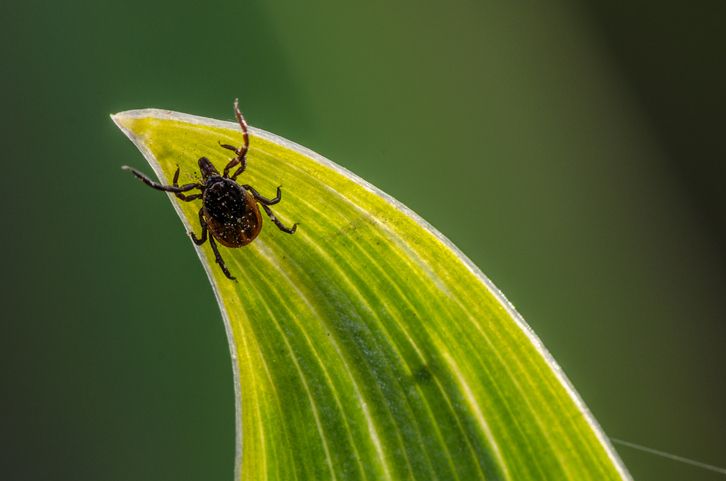
So, how do you keep these teensy bugs far away from you? Here, your guide to how to prevent tick bites, plus a handy list of the best tick repellents on the market, with insight from tick pros.
How exactly do you prevent tick bites?
The key to avoiding tick bites is to be familiar with where you might run into them and take steps to reduce your risk of picking them up when you’re in those areas. A little planning ahead really pays off, so make sure you’ve got the right gear, clothing, and tick repellent before you head into the woods. From then on, all you need to do is steer clear of tick hot spots, reapply tick spray as necessary, and remember to do regular tick checks as you go. Here’s what you can do to keep yourself and your loved ones as tick-free as possible.
1. Think ahead about your environment and exposure risk.
If your yard is on the wild side or you’ve got plans to go hiking, camping, or walking through the forest or mountains, you’re in prime tick territory, per the CDC. Naturally, ticks like hanging out in woodsy, high-humidity areas like rock walls, underbrush, leaves, and tall grasses. So do your best to stick to the center of well-worn walking paths.
Depending on where you live, you might want to tick-proof your threads, too. Spraying your clothing, shoes, and camping gear with insecticides that contain 0.5 percent permethrin (such as Sawyer Products Permethrin Premium Clothing Insect Repellent) is one of the best ways to keep ticks away, says Thomas Mather (a.k.a. The Tick Guy), PhD, director of the Center for Vector-Borne Disease and its TickEncounter Resource Center at the University of Rhode Island in Kingston.
Ticks can be tough to spot—some are only about the size of a poppy seed on a bagel.
Just make sure you follow the label instructions and apply it in a well-ventilated area, he says. If you’re an avid hiker, consider snagging some pre-treated gear from a company like Insect Shield (as pre-treated clothes can last up to 70 washes, or about 10 times longer than the spray-on stuff).
If you’re excited to explore but don’t have any permethrin spray or tick repellent on hand, cover up with a light-colored long sleeve shirt (which makes it easier to identify tiny ticks) and wear long pants or leggings tucked into your socks to create a seal to help keep out crawlers, suggests Dr. Mather.
2. Pick the right tick repellent.
Not all tick repellents are created equal, and you can’t just spray some on and expect it to last all day, either. Like sunscreen, you’ll need to reapply throughout the day, so read the label and spray it on accordingly.
When you stock up, look for a tick repellent that makes the EPA-approved list with at least 20 percent DEET, IR3535, picaridin, or oil of lemon eucalyptus. If you’ve got kids around, make sure to keep it out of their reach and opt for tick repellents with no more than 30 percent DEET, per the American Academy of Pediatrics.
As you shop, keep in mind: There are a lot of natural products out there that contain ingredients like essential oils that might have *some* effect on ticks but typically don’t last very long and aren’t nearly as effective as active ingredients like DEET, says Claborn. For the most effective natural option, consider picaridin, which is an artificial version of a compound from black pepper, he says. (Just keep it out of your eyes!)
10 Best Tick Repellents Of 2020 To Protect Yourself From Bites
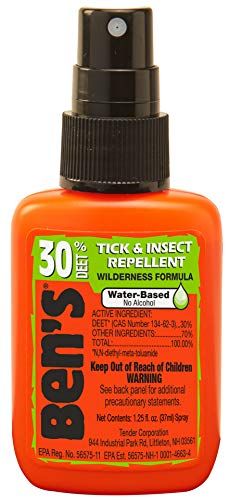 30 Percent DEET Tick and Insect RepellentBen’samazon.com$7.40SHOP NOW
30 Percent DEET Tick and Insect RepellentBen’samazon.com$7.40SHOP NOW
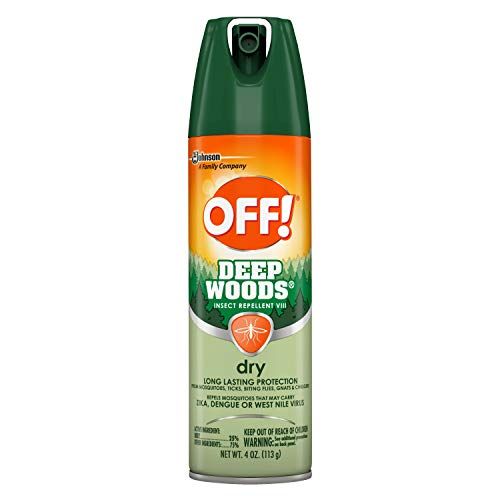 Deep Woods Insect & Mosquito RepellentOFF!amazon.com$10.59SHOP NOW
Deep Woods Insect & Mosquito RepellentOFF!amazon.com$10.59SHOP NOW
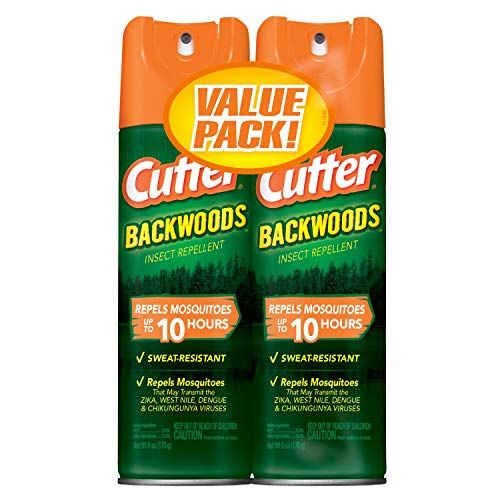 Backwoods Insect Repellent, AerosolCutteramazon.com$10.19SHOP NOW
Backwoods Insect Repellent, AerosolCutteramazon.com$10.19SHOP NOW
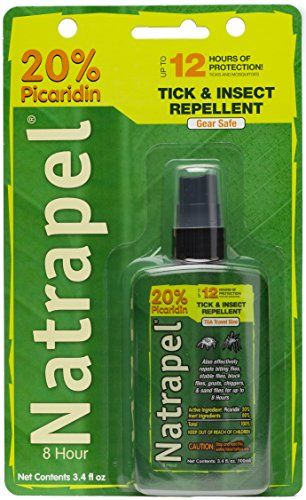 12-Hour Mosquito, Tick, and Insect Repellent Pump SprayNatrapelamazon.com$7.00SHOP NOW
12-Hour Mosquito, Tick, and Insect Repellent Pump SprayNatrapelamazon.com$7.00SHOP NOW
 Premium Insect Repellent with 20 Percent PicaridinSawyer Productsamazon.com$7.99SHOP NOW
Premium Insect Repellent with 20 Percent PicaridinSawyer Productsamazon.com$7.99SHOP NOW
 SPF 30 Bug Guard Cool N Fabulous LotionAVONamazon.com$14.97SHOP NOW
SPF 30 Bug Guard Cool N Fabulous LotionAVONamazon.com$14.97SHOP NOW
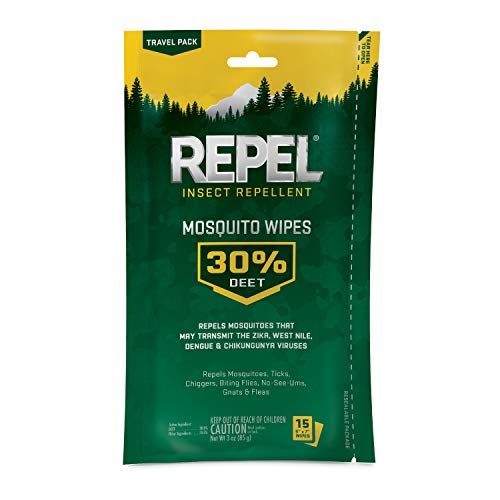 Insect Repellent Mosquito Wipes 30 Percent DEETRepelamazon.com$3.47SHOP NOW
Insect Repellent Mosquito Wipes 30 Percent DEETRepelamazon.com$3.47SHOP NOW
 Lemon Eucalyptus Insect Repellent, Pump SprayCutteramazon.com$11.75SHOP NOW
Lemon Eucalyptus Insect Repellent, Pump SprayCutteramazon.com$11.75SHOP NOW
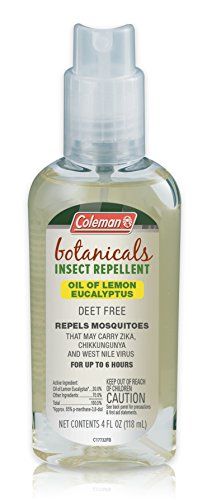 Naturally-Based DEET-Free Lemon Eucalyptus Insect RepellentColemanamazon.com$7.99SHOP NOW
Naturally-Based DEET-Free Lemon Eucalyptus Insect RepellentColemanamazon.com$7.99SHOP NOW
 Plant-Based Lemon Eucalyptus Insect RepellentRepelamazon.com$4.97SHOP NOW
Plant-Based Lemon Eucalyptus Insect RepellentRepelamazon.com$4.97SHOP NOW
3. Do body checks.
Whenever you’ve been outside, you’ll want to do a full-body tick check as soon as you get in. What to do: Head for the largest mirror you’ve got and scan your body and clothes for teensy crawlers. Make sure to look under your arms and knees, around your ears and hairline, in your hair, inside your belly button, between your legs, and around your waist.

If you’ve been out for long or know you’ve been in a tick-friendly area, take a quick shower within two hours as well, per the CDC. This could help wash off any wanderers that you’d need a magnifying glass to see otherwise. Some ticks are only about the size of a poppy seed on a bagel (!), notes Dr. Mather.
And, if you do find a teensy bug on you, don’t panic—all you need to get a tick off is a pair of fine-tipped tweezers. In most cases, you’ll be fine. But if you develop an unusual rash or a fever, those are signs you need to call your doctor.
Source: Read Full Article